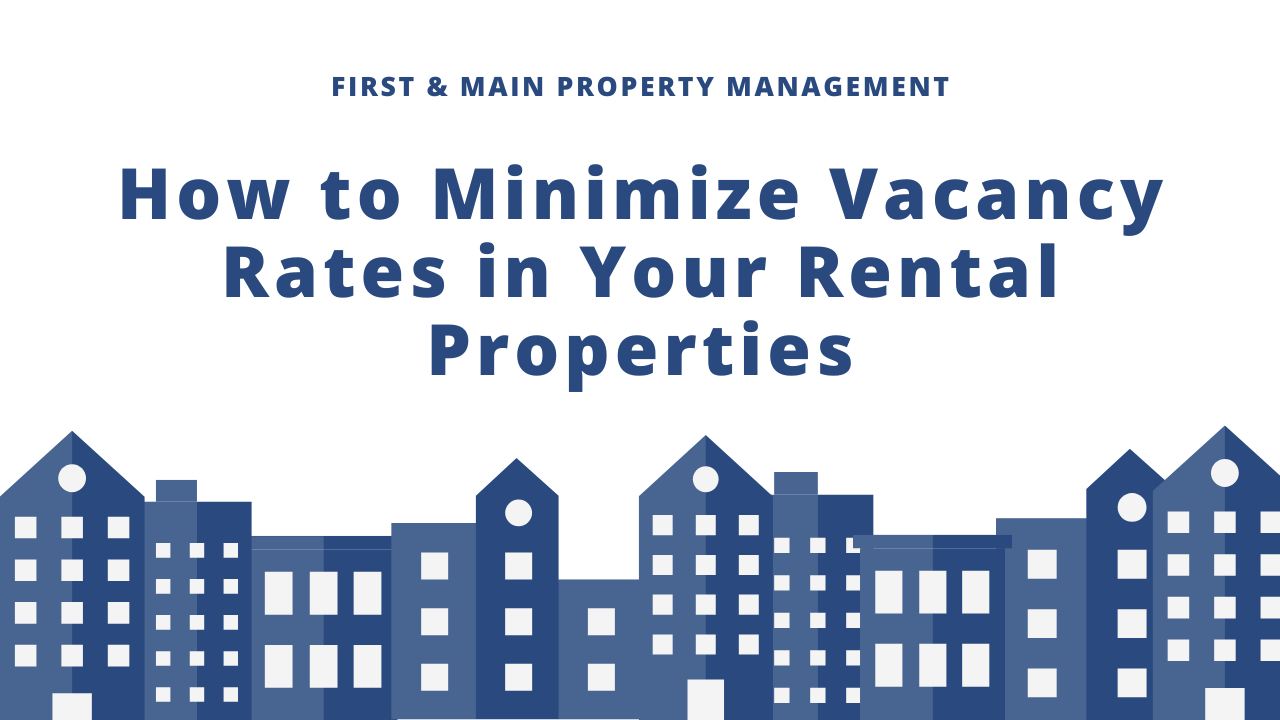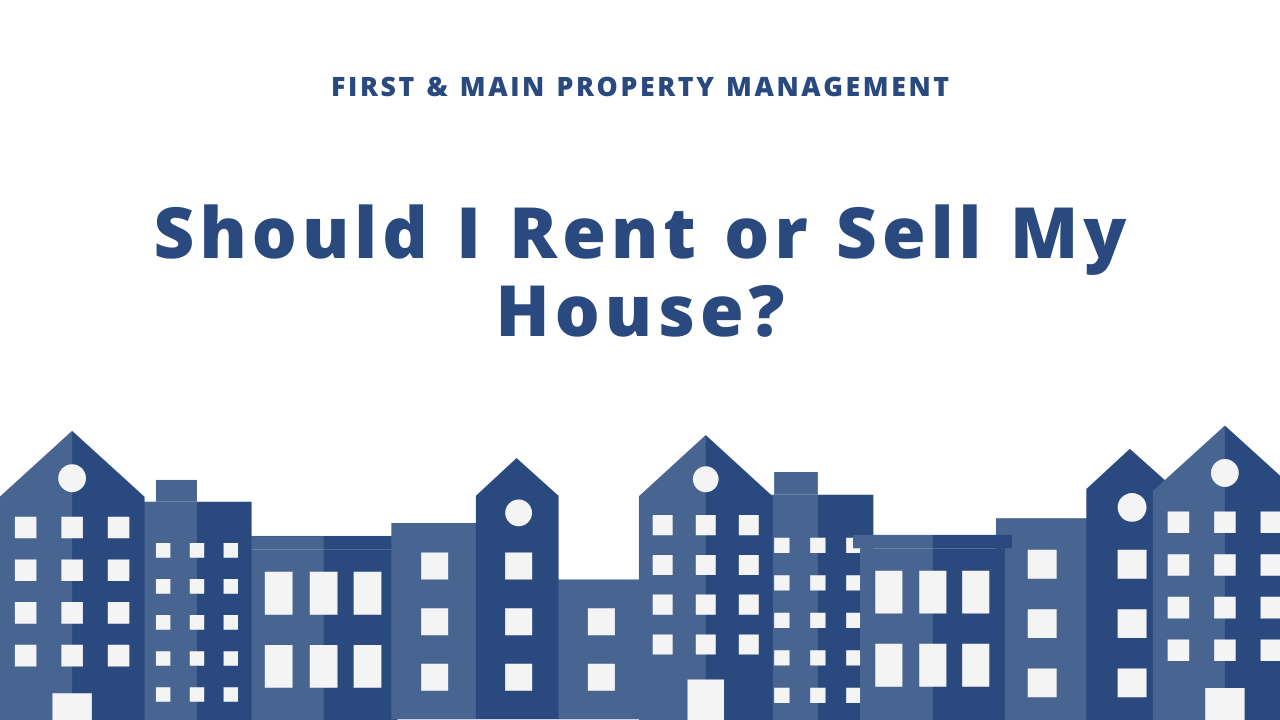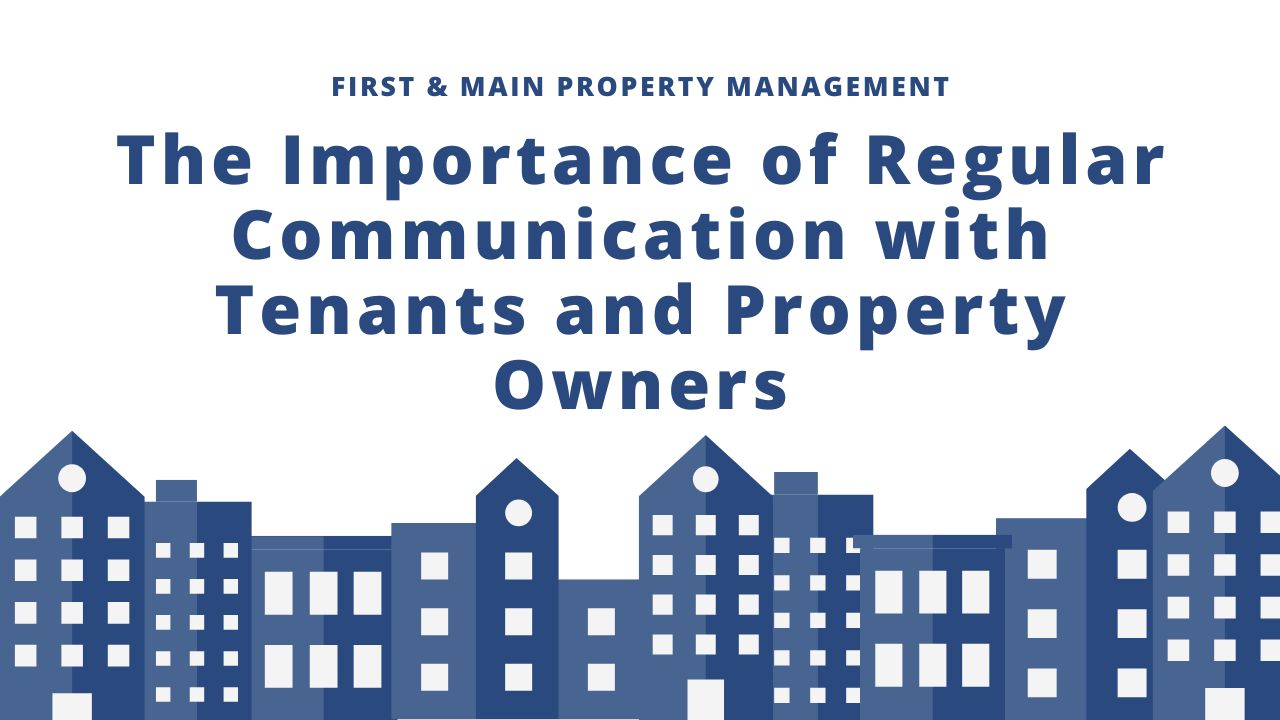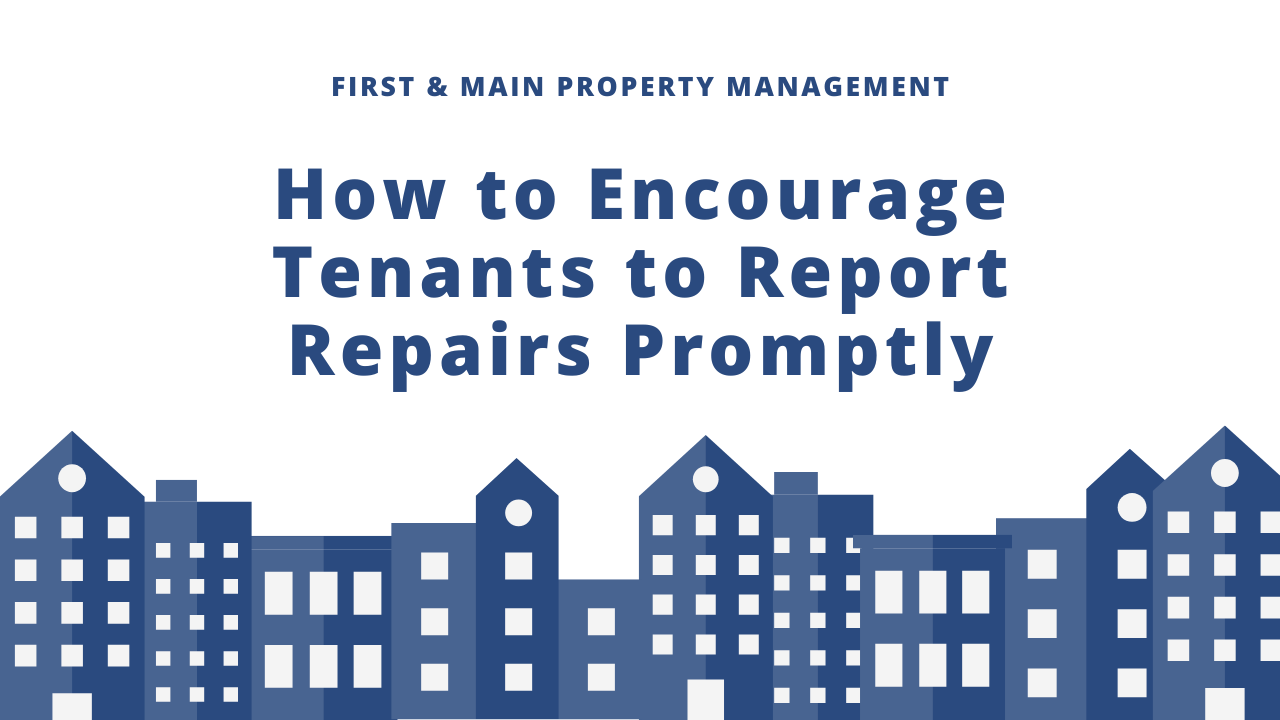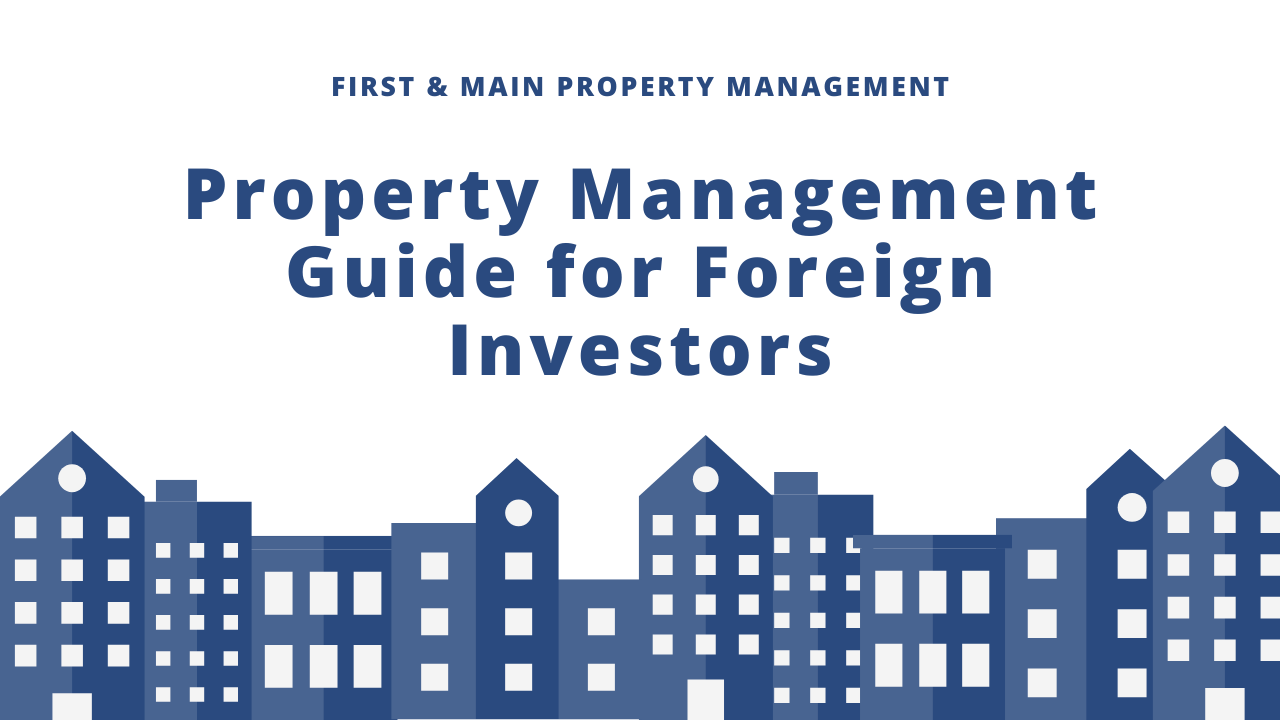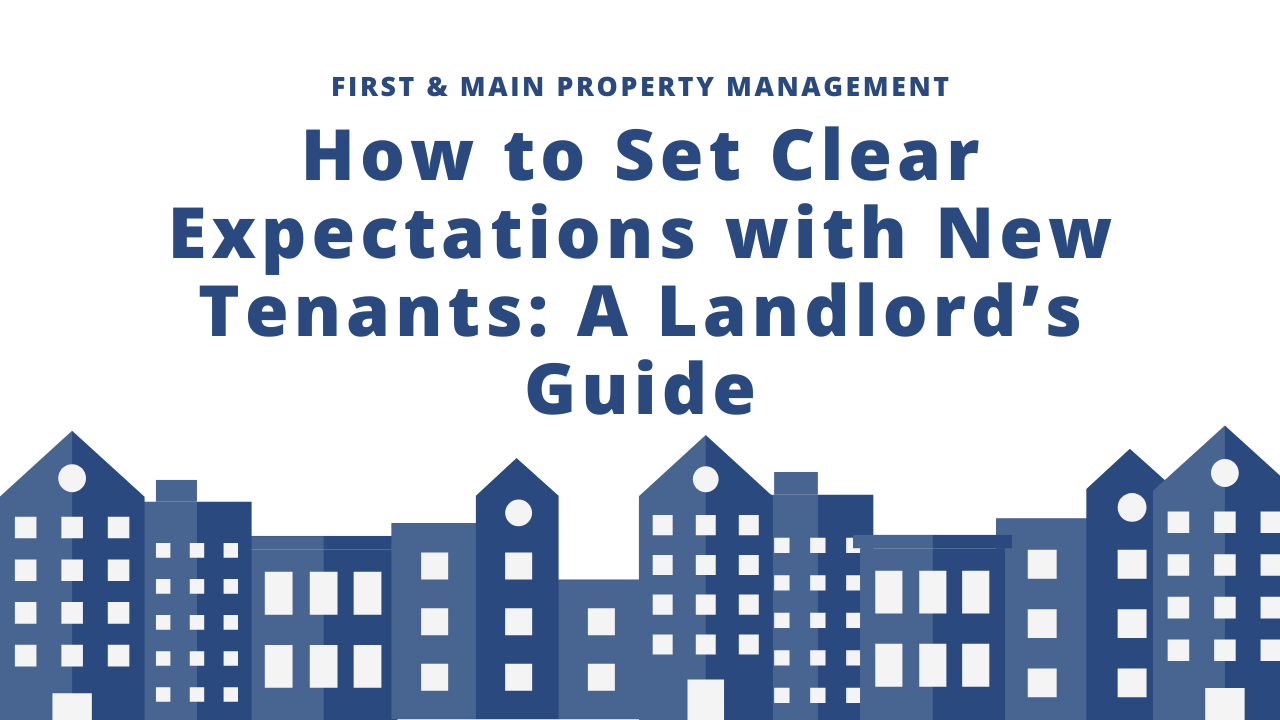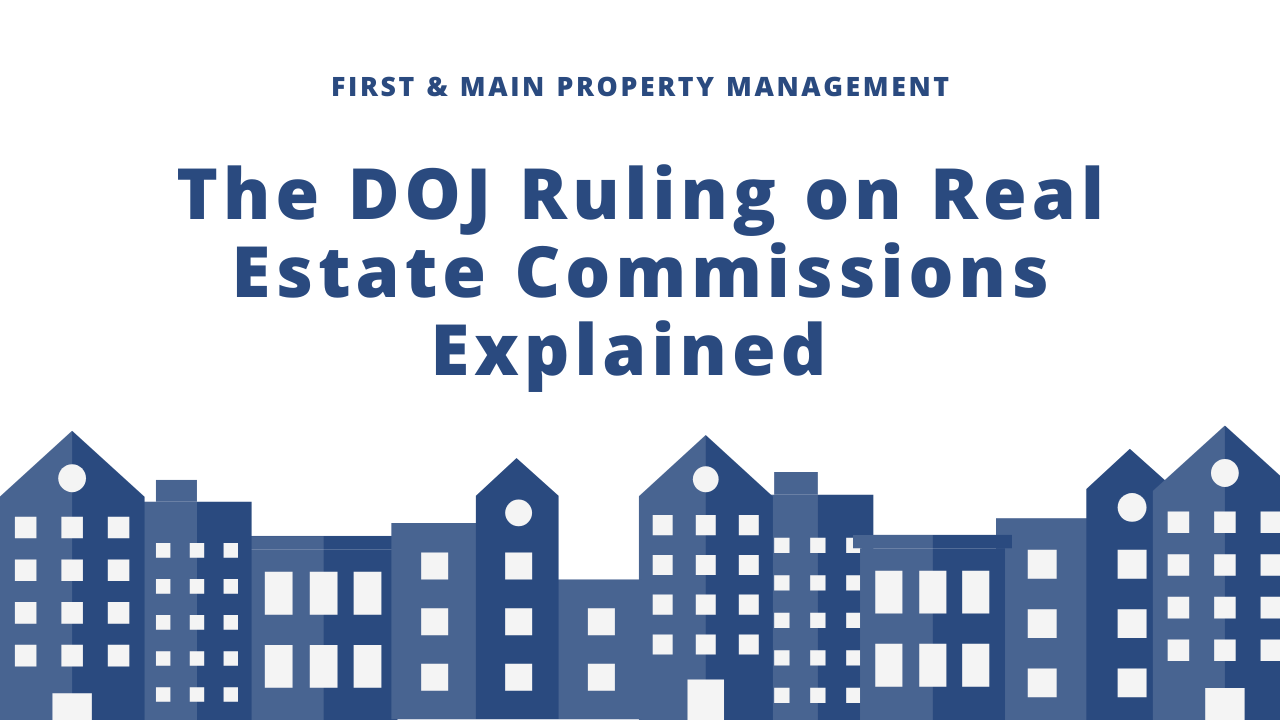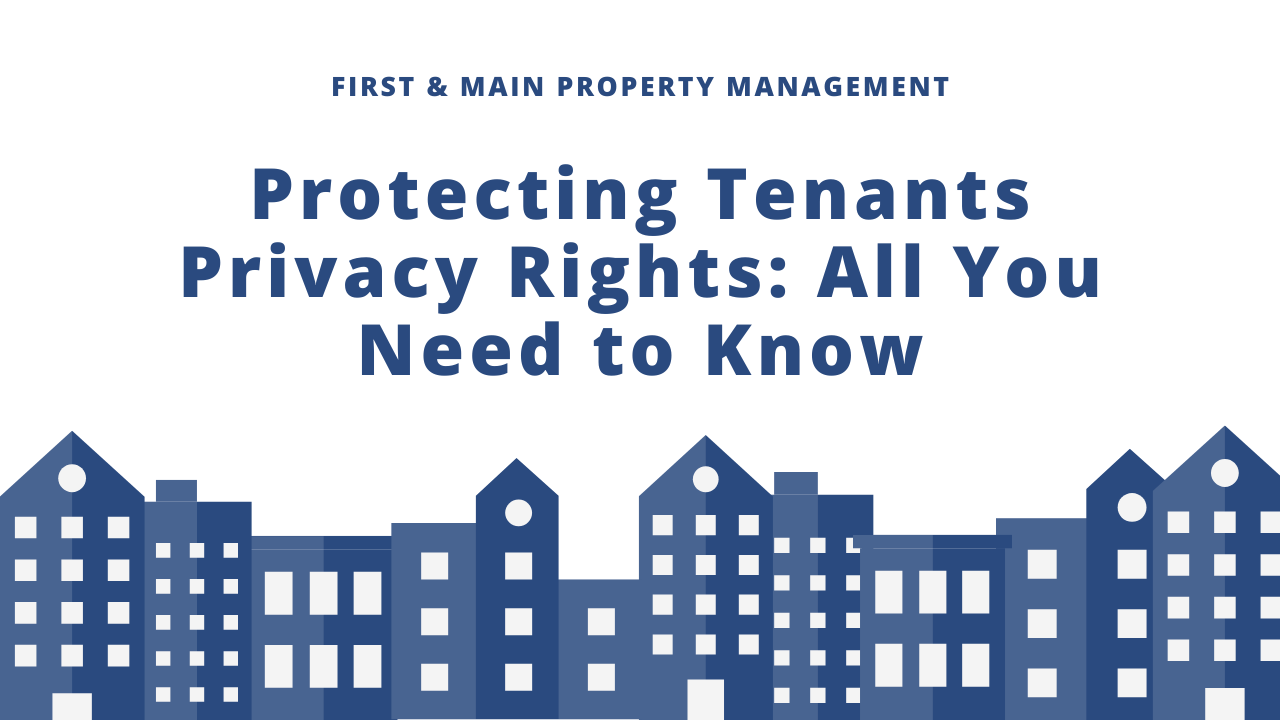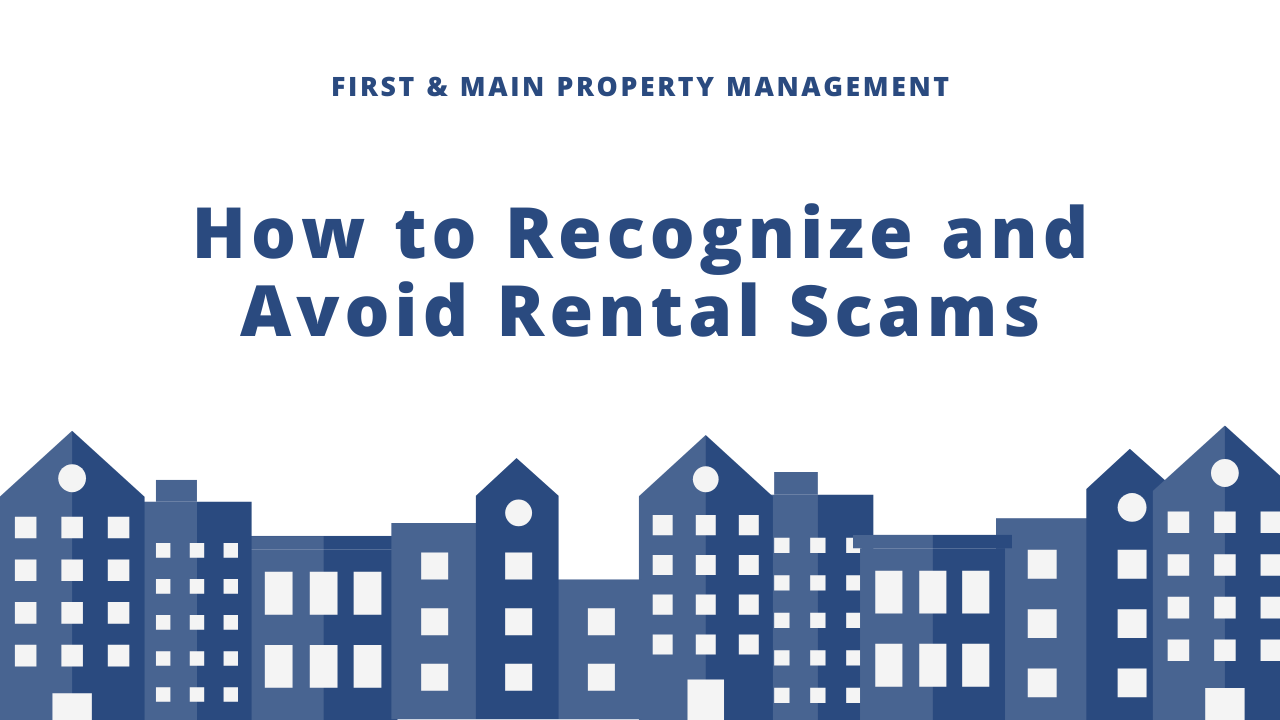Understanding Cash Flow: How to Keep Your Rental Business Profitable
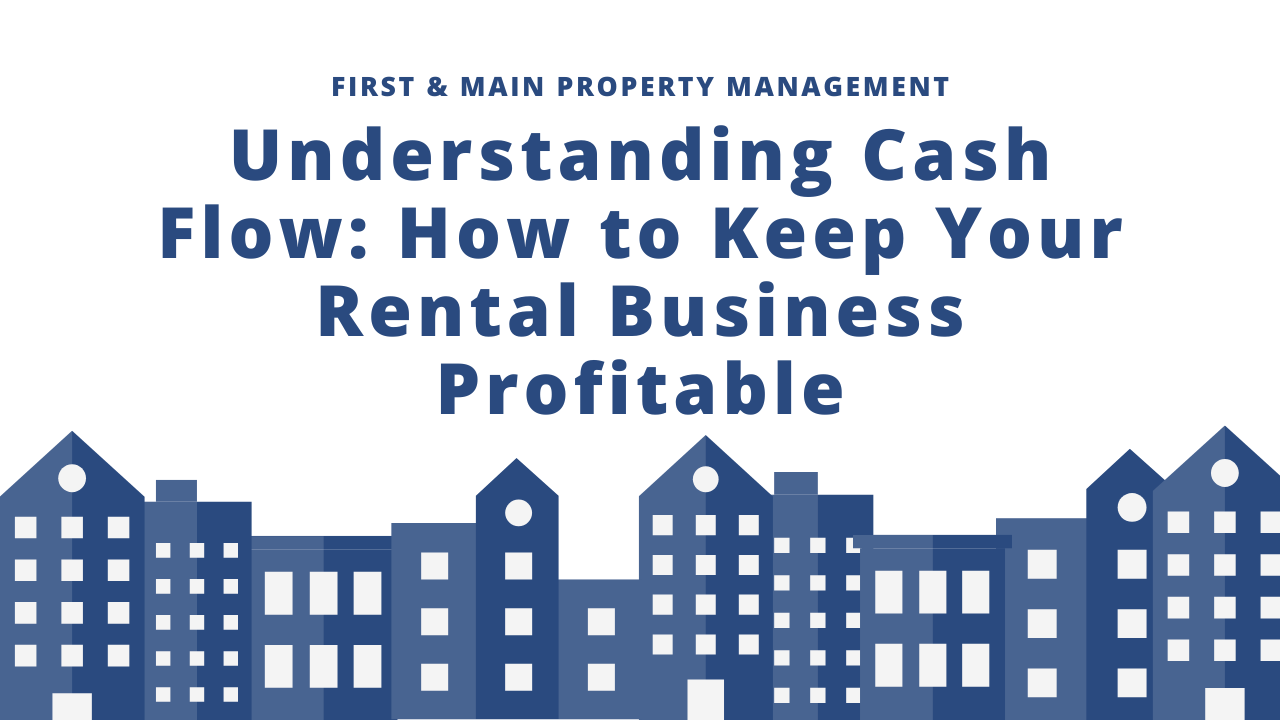
Key Takeaways
- Clarity is Profit: Tracking every dollar of income and expense—not just rent—gives you a true picture of how your rental property is performing.
- Plan for the Unexpected: Budgeting for vacancies, maintenance, and major repairs protects your cash flow and keeps your property running smoothly year-round.
- Cash Flow is the Real Indicator: Don’t confuse paper profit with available cash. Strong cash flow is what keeps your rental business sustainable and stress-free.
Struggling to figure out where your rental income is going each month, even though your properties are occupied? You're not alone.
Many rental property owners face the same issue: money comes in, but profits feel elusive. The truth is, understanding your cash flow is the key to keeping your rental business healthy and profitable.
It’s not just about collecting rent; it’s about knowing exactly what’s coming in, what’s going out, and how to make that balance work in your favor.
If you're managing properties in California,
First & Main Property Management is here to help guide you through the numbers and ensure your rental investments stay on track.
Unlocking the Flow: 8 Essentials Every Landlord Should Know
Mastering cash flow means more than just watching rent checks clear. From income tracking to planning for the unexpected, here are 8 critical elements to keep your
rental business profitable.
Know What’s Coming In: Track Every Dollar of Rental Income
It sounds simple, but you’d be surprised how often rental income gets miscalculated. In California, where rent prices vary greatly by city and property type, it’s essential to track every dollar your residents pay.
This includes base rent, pet fees, parking charges, and any late fees collected. What you think you're earning monthly may differ from the actual income, especially if partial payments or adjustments are involved.
By regularly reviewing rent rolls and digital payment records, you can ensure your books reflect reality and your projections stay accurate.

Watch What Goes Out: Stay on Top of Operating Expenses
Operating expenses are where cash flow can quietly slip away. These include property management fees, utilities (if you cover them),
repairs, landscaping, and routine upkeep.
For California landlords, these costs can shift depending on the property’s location and size.
The key is consistency: review and categorize your monthly and annual expenses. Ask yourself what’s necessary, what’s recurring, and what can be optimized.
Understanding these numbers gives you control over your financial picture and helps you make confident decisions when it comes to budgeting or raising rents.
Vacancies Matter: Account for Empty Units in Your Planning
Even in high-demand California cities, vacancies happen. Whether it’s due to seasonal turnover or unexpected resident move-outs, an empty unit means lost income. Don’t make the mistake of planning your cash flow as if your property will be occupied 100% of the time.
Instead, build a realistic
vacancy rate into your projections. A common method is to use a 5% vacancy allowance when forecasting rental income. This prepares you for dry spells and ensures your budget isn’t thrown off the moment someone hands in their notice.
Don’t Forget Maintenance: Budget for the Unexpected
Maintenance isn’t just a matter of fixing things when they break; it's a recurring part of owning rental property. Whether it’s a leaky faucet, a broken heater, or pest control, issues crop up even in
well-maintained units.
In California, where properties often face weather wear, it’s wise to set aside a monthly amount per unit for routine and emergency repairs.

A proactive maintenance budget not only protects your cash flow, it also keeps your residents happy and your property value intact, both of which are good for long-term returns.
Loan Payments Count: Include Mortgage and Interest Costs
In California’s competitive rental market, many landlords have mortgages tied to their properties. If you're not factoring in those monthly payments including the interest you're missing a huge piece of your cash flow puzzle.
Your mortgage is a fixed expense that directly impacts your bottom line, and ignoring it can paint a false picture of profitability. Ask yourself: how much of your rental income is actually yours after paying the bank? Keeping track of this will help you set realistic goals and avoid financial strain later on.
Property Taxes and Insurance: They Add Up Fast
California landlords know property taxes and insurance aren’t just annual headaches, they're crucial parts of your ongoing expenses. Both can fluctuate based on location, property type, and market conditions, so they should never be left out of your cash flow equation.
A spike in
property taxes or an insurance premium adjustment can quietly chip away at your profits. Build these costs into your monthly budget instead of treating them as afterthoughts. This way, you’ll be prepared for changes and avoid scrambling when payments come due.
Plan for CapEx: Set Aside Funds for Major Improvements
Capital expenditures, or CapEx, include big-ticket repairs like roof replacements or HVAC systems. These aren’t everyday costs, but they will pop up over time, especially if your rental property is a few decades old.

In California, with weather wear and tear and safety codes to follow, you can’t afford to be caught off guard.
A good rule of thumb is to set aside a percentage of your income for future improvements. This cushion ensures that when major work is needed, you’re ready without breaking your cash flow.
Cash Flow vs. Profit: Understand the Real Difference
It’s easy to confuse cash flow with profit, but they’re not the same thing. Cash flow is the actual movement of money in and out of your rental business each month. Profit, on the other hand, accounts for things like depreciation and paper gains.
A property in California might look profitable on paper, but still leave you cash-strapped. That’s why it’s important to track both metrics. Cash flow shows you what you can spend today, while profit tells you how the business is doing overall. Both matter but for different reasons.
Keep the Cash Flowing, Keep the Business Growing
Understanding cash flow isn’t just about crunching numbers, it's about building a rental business that lasts. For California landlords, knowing where your money goes is key to protecting your investments.
First & Main Property Management can help you stay ahead with expert guidance tailored to your property’s unique needs.
Whether it’s budgeting, planning for vacancies, or navigating expenses, our team is here to support your success. Reach out today to explore what’s right for your rental business and make every dollar count.
